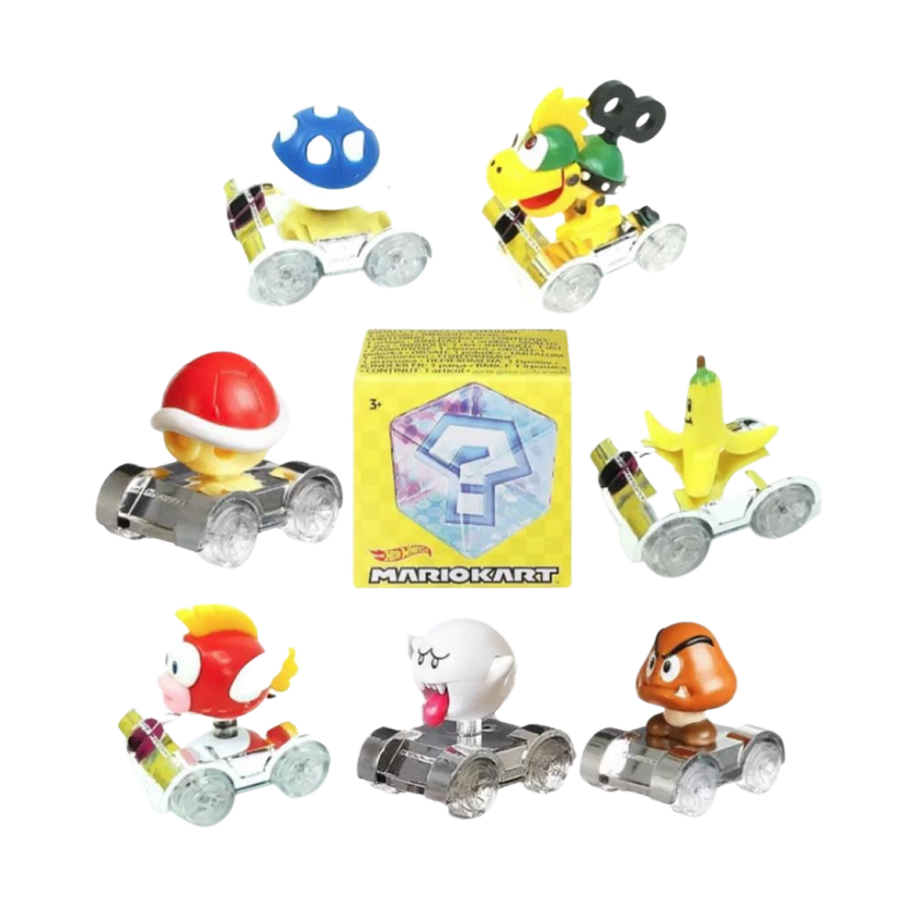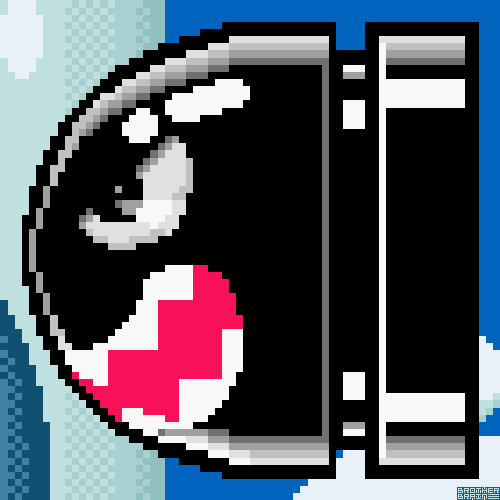

Levels in Mario Kart 64 were rendered from polygons, which allowed artists and designers to create intricate courses such as Yoshi Valley, a tangle of paths that crisscrossed through a gorge and Wario Stadium, a dirt-bike track covered in mud, sharp turns, and hills that sent players soaring through the air. Resembling deathmatch in a first-person shooter, Battle Mode saw players drive around and blast one another with shells and other items strewn around each arena.Īfter the success of Super Mario Kart, which sold millions of units in just a few years, a sequel on Nintendo’s new platform, the Nintendo 64, was a given. Driving over gold “?” pads armed players with items such as red shells that homed in on the next racer up, banana peels that sent karts spinning, and mushrooms that gave players a burst of speed, which let them pass players or, more advantageously, go off-road. Unlike F-Zero, which featured hazards planted around the track, Super Mario Kart put hazards in the hands of players. Alone or with a friend, players jockeyed against Mario and his friends over 20 colorful tracks themed after locations from the Mushroom Kingdom such as docks haunted by Boos and wide-open plains bordered by pipes and rolling green hills. The game retained the split-screen interface even in single-player mode, placing the map on the bottom.

In two-player mode, the screen was divided between Player 1’s progress on top and Player 2 on the bottom. Konno and his team designed Super Mario Kart for multiplayer from the ground up. Roughly four months into development, Konno and Miyamoto decided Mario, Nintendo’s most recognizable face, would work better as the title character. Hideki Konno, a designer who had directed Super Mario World, dreamed up a two-player racing game featuring go-karts and Mode 7 graphics, and starring a generic character in overalls. Despite being lightning-fast and visually tantalizing, F-Zero only supported one player. F-Zero‘s futuristic tracks scrolled smoothly around players as they raced, fooling them into believing that the game was employing advanced 3D tech.į-Zero garnered praise from Japanese and American audiences, but Nintendo saw room for improvement. Developed over 15 months, F-Zero was the first game to use Mode 7, a graphical technique built into the hardware that allowed developers to scale and rotate flat images. When Nintendo launched the Super Famicom in Japan on November 21, 1990, only two games were available: Super Mario World, and F-Zero, a racing game centered on blistering speeds.


 0 kommentar(er)
0 kommentar(er)
